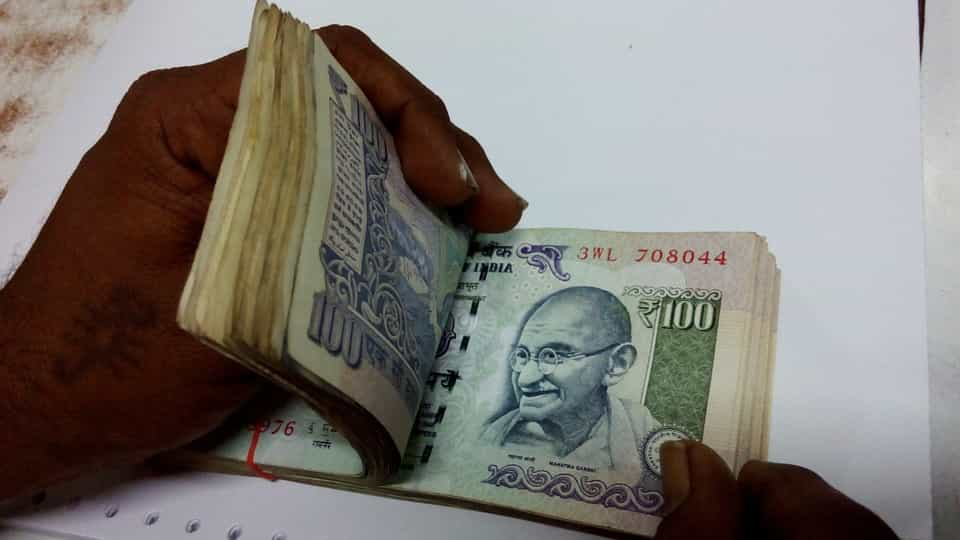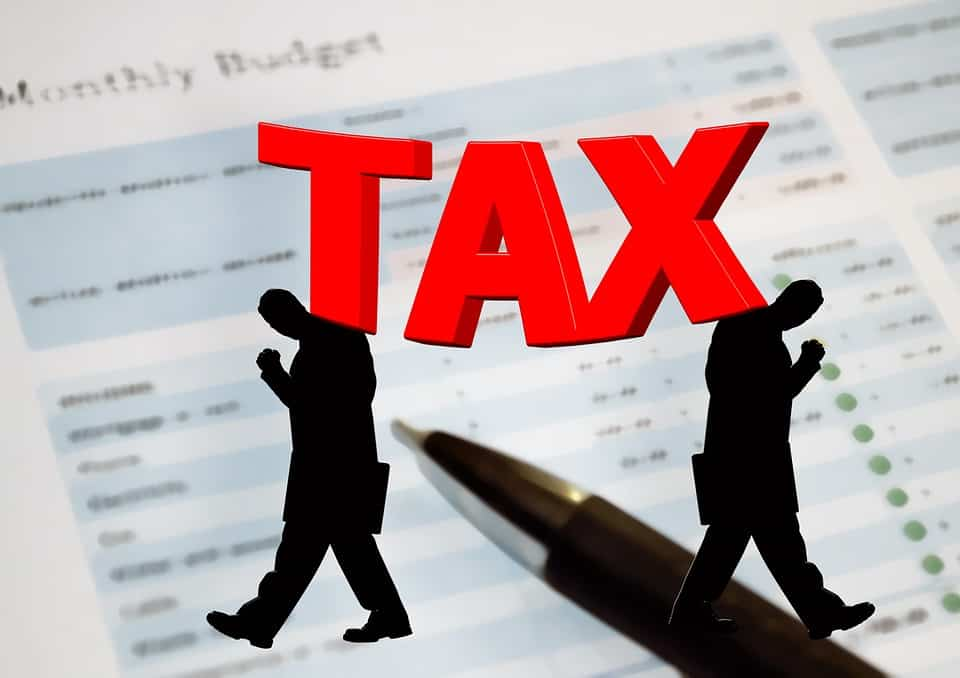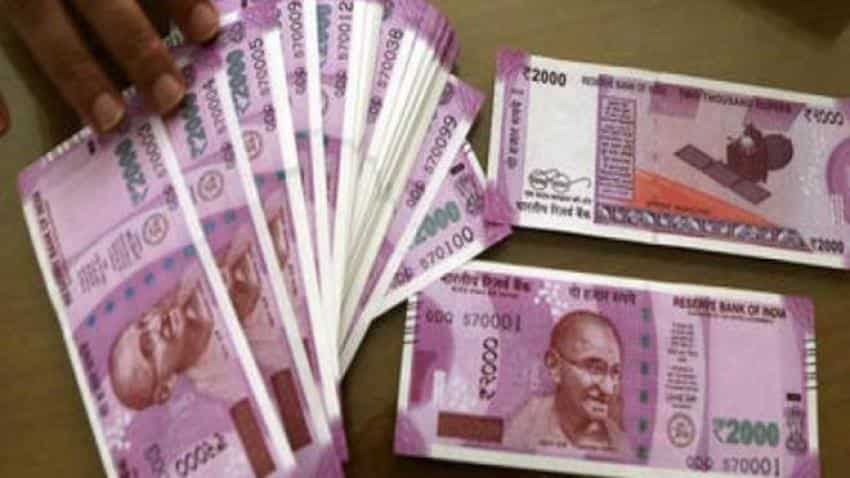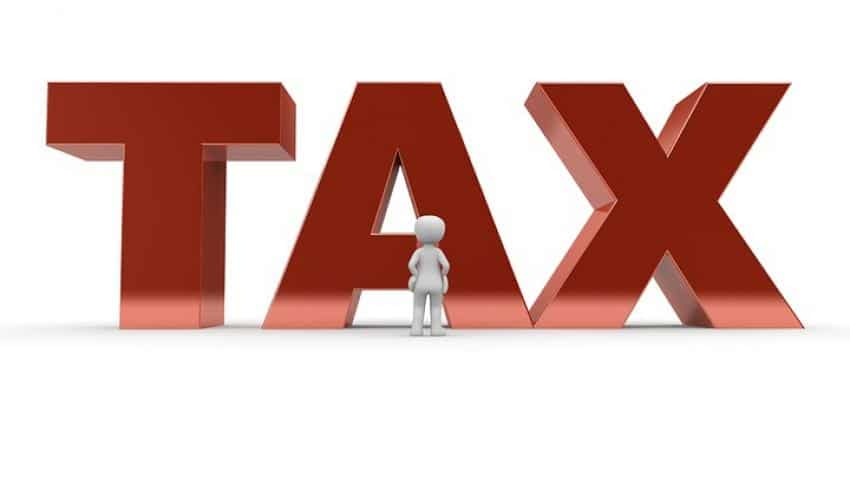How to file ITR Without Form 16
With tax filing deadline just a week away, small taxpayers and salaried class specially are hurrying to file their tax returns to avoid the last minute snags created due to online filing of returns. Further, the penalty for delayed filing of tax return for Financial Year (FY) 2017-18 has also resulted in a rush for filing of return before 31 July 2018. In this scenario, one of the major issues faced by many salaried employees are how to proceed with filing their tax return, when there is either non-receipt of Form 16 from employer or delay in receipt of Form 16 from the employer. One of the major issues faced by many salaried employees is how to file their tax return, if they have not received or there is a delay in receiving the Form 16 from their employer.

Step 1: Compute income from salary
Advisable to obtain Form 16 which the employer is bound to issue to avoid any discrepancies. In case this is not feasible, use salary slips, bank credits, employment letter, deductions for provident fund/profession tax and tax deducted for computation of salary income without Form 16.
From FY 17-18 and onwards, gross salary should provide complete breakup for reporting it in ITR. The amount of salary shall be inclusive of various allowances provided by the employer.

Step2: Match the TDS deducted with Form 26AS
Form 26AS contains details of TDS deducted not only on salary income, but also on other incomes such as interest, and rent.
Cross check TDS with the figures shown in Form 26AS to avoid loss of tax credits.
If discrepancies exist the assessee needs to contact his employer or person deducting tax for the rectification of the same.

Step 3: Compute income from house property
Income from house property covers the rent earned from the house property which is chargeable to tax.
Income from one self-occupied property considered as nil. Further, if the assessee had availed any housing loan either on the let out property or on the self-occupied property and is paying interest on such loan, then he will get deduction of the same under this head.
In case of self-occupied property, the interest deduction is limited to Rs 2 lakh.
If you own more than one house property, the national income is chargeable to tax.

Step 4: Compute income from capital gains
Profit or gain arising from transfer of capital asset held as investments such as shares or property is chargeable to tax under the head capital gains.
The gain can be on account of short-and long-term gains depending on the period of holding. Generally, benefit of inflation indexed cost is available for long term capital gains.


Step 6: Claim all eligible deductions and rebate
Claim other deductions under section 80C and 80CCD like PPF, EPF, life insurance premium, health insurance premium, interest on home loan, principal repayment of home loan, interest on education Loan, National Pension System etc.
Keep their relevant proofs for verification.
Other key deductions are section 80D for medical insurance premium, 80G for donations and section 80TTA for interest on savings bank account.
Claim tax rebate of Rs 2,500 where taxable income is up to Rs 3.50 lakh



Step 10: File Correct ITR
Select the Correct Form ITR 1 or 2 (where no business or professional income).
Return needs to be filed in case taxable income (before deduction under Chapter VIA such as section 80C) exceeds basic exemption limit.
Mandatory e-filing where taxable income exceeds Rs 5 lakh or in cases of refunds.
No attachments in case of e-filing.
Now, assessee can file his income tax return without Form 16.
Assessee should e-verify the same within 120 days of filing by sending Form ITR- V to the Income-tax CPC, Bengaluru RSM Astute Consulting Group.
Text: DNA Money





